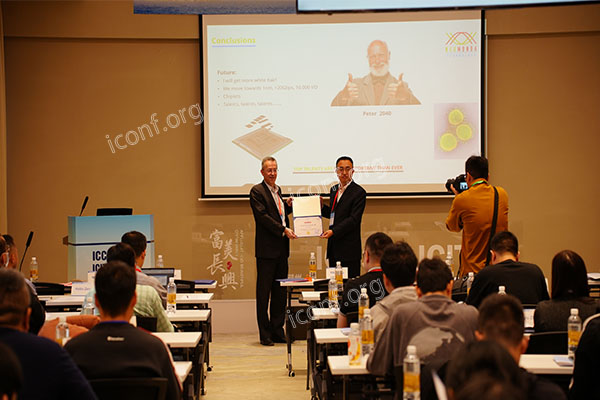Submitting your research to international conferences is an essential step in disseminating your findings, gaining feedback, and networking with peers. However, the submission process can be daunting, especially for first-time submitters. This guide provides a comprehensive overview of how to successfully submit your research to international conferences, ensuring your work gets the attention it deserves.
Why Submit to International Conferences?
1. Visibility: Presenting at international conferences increases the visibility of your research.
2. Networking: Conferences provide opportunities to meet and collaborate with leading experts in your field.
3. Feedback: Receiving feedback from peers can help improve your research.
4. Publication: Many conferences publish proceedings that are indexed in major databases, enhancing your academic profile.
Steps for Successful Conference Submission
1. Identify Relevant Conferences
o Use Conference Listing Websites: Platforms like iConf.org provide curated lists of upcoming international conferences across various disciplines.
o Search Academic Databases: Use databases like IEEE Xplore, Scopus, and Engineering Village to find conferences relevant to your field.
o Follow Professional Societies: Organizations such as IEEE, ACM, and others frequently announce conferences.
2. Understand the Submission Requirements
o Read the Call for Papers (CFP): The CFP outlines the conference themes, submission guidelines, and important dates.
o Check the Formatting Guidelines: Adhere to the specific formatting requirements for papers, including templates for submissions.
o Review Submission Deadlines: Note the deadlines for paper submission, notification of acceptance, and final paper submission.
3. Prepare Your Manuscript
o Conduct Thorough Research: Ensure your research is original, significant, and well-documented.
o Follow the Template: Use the provided template to format your paper correctly.
o Include All Required Sections: Typically, a research paper includes an abstract, introduction, methodology, results, discussion, conclusion, and references.
o Proofread and Edit: Carefully check for grammatical errors, clarity, and coherence.
4. Submit Your Paper
o Create an Account: Register on the conference submission platform.
o Upload Your Manuscript: Follow the instructions to upload your paper.
o Complete Additional Requirements: Fill out author information, keywords, and any other required fields.
o Confirm Submission: Ensure you receive a confirmation email or notification verifying your submission.
5. Prepare for Peer Review
o Be Ready for Feedback: Your paper will undergo peer review. Be prepared to receive constructive criticism and suggestions for improvement.
o Revise Accordingly: If your paper is conditionally accepted, make the necessary revisions and resubmit by the given deadline.
6. Register and Attend the Conference
o Register Early: Take advantage of early-bird registration rates.
o Prepare Your Presentation: Create a compelling presentation to effectively communicate your research findings.
o Engage with Attendees: Network with other researchers, attend sessions, and participate in discussions.
Tips for a Successful Submission
1. Start Early: Give yourself plenty of time to prepare and revise your manuscript.
2. Seek Feedback: Get feedback from colleagues or mentors before submitting your paper.
3. Follow Guidelines Meticulously: Adhering to the submission guidelines is crucial for a successful submission.
4. Practice Your Presentation: Rehearse your presentation multiple times to ensure clarity and confidence.
Conclusion
Submitting your research to international conferences is a crucial step in your academic career. By following this guide, you can navigate the submission process with confidence and increase the chances of your work being accepted and recognized.
For a comprehensive list of upcoming international conferences and detailed submission guidelines, visit iConf.org. This platform offers all the information you need to successfully submit your research and participate in leading academic conferences.
________________________________________
By adhering to these steps and utilizing the provided resources, you can ensure that your research reaches a global audience, fostering professional growth and contributing to the advancement of your field.
